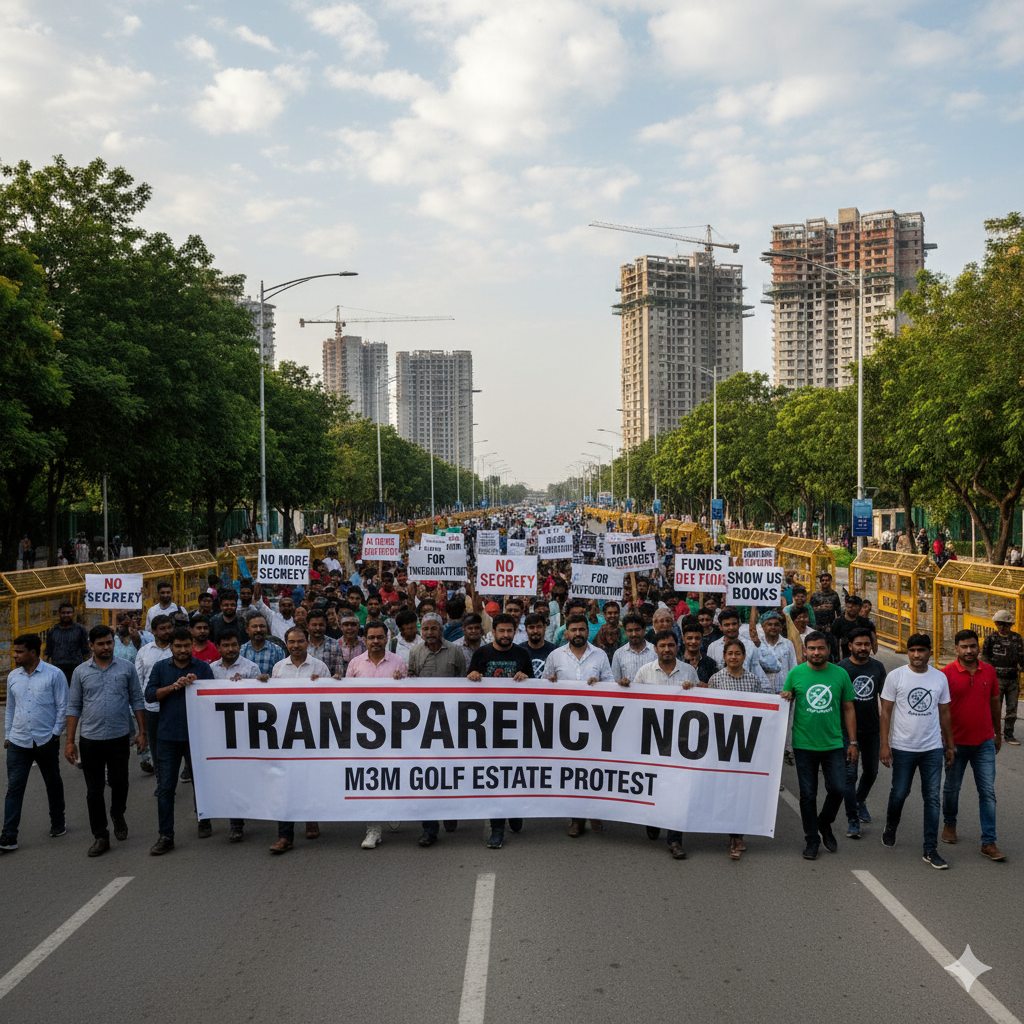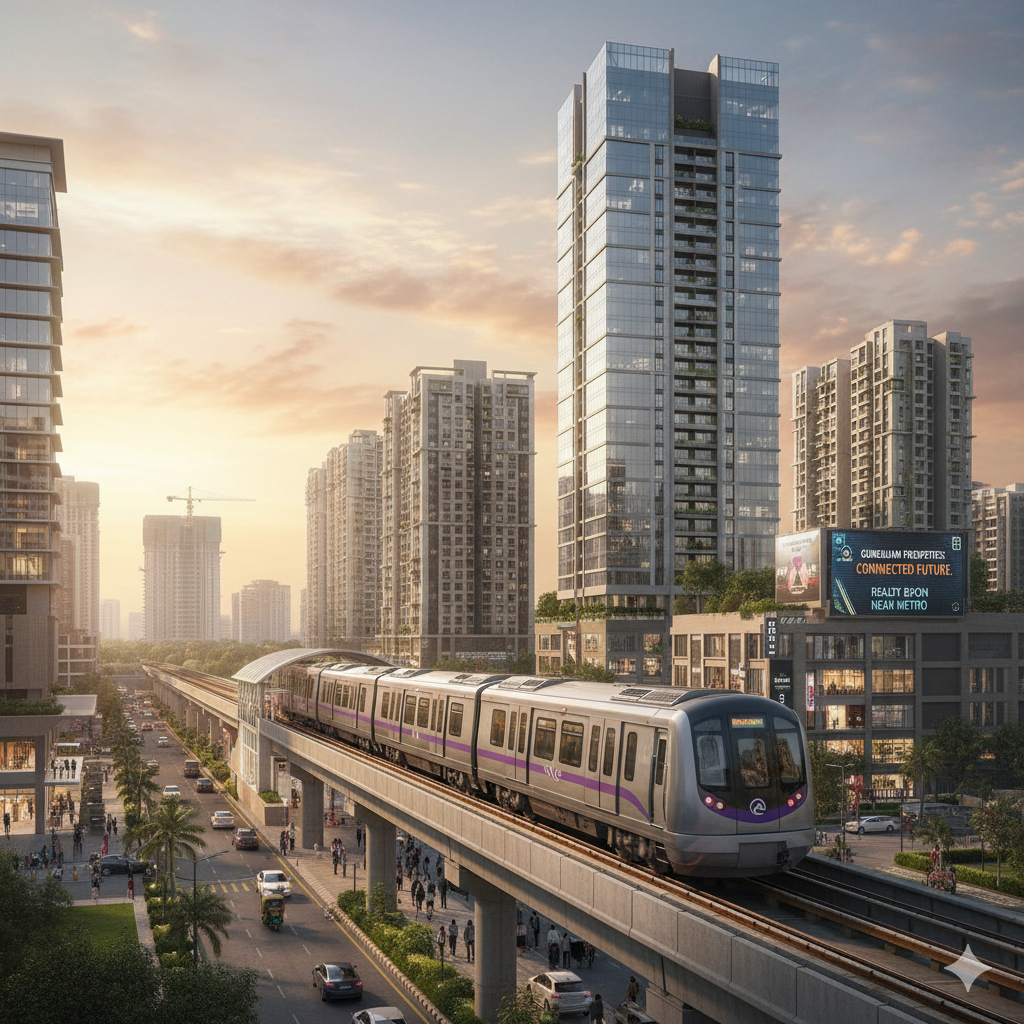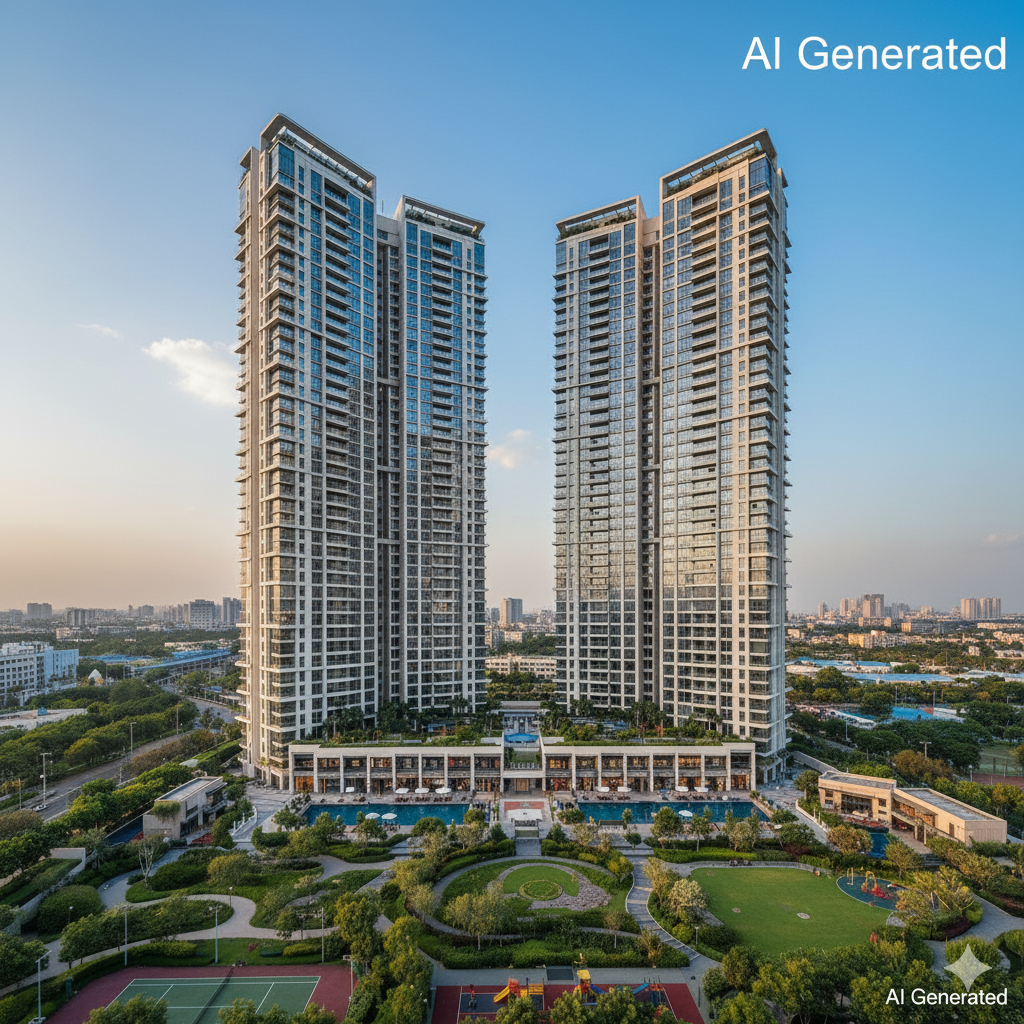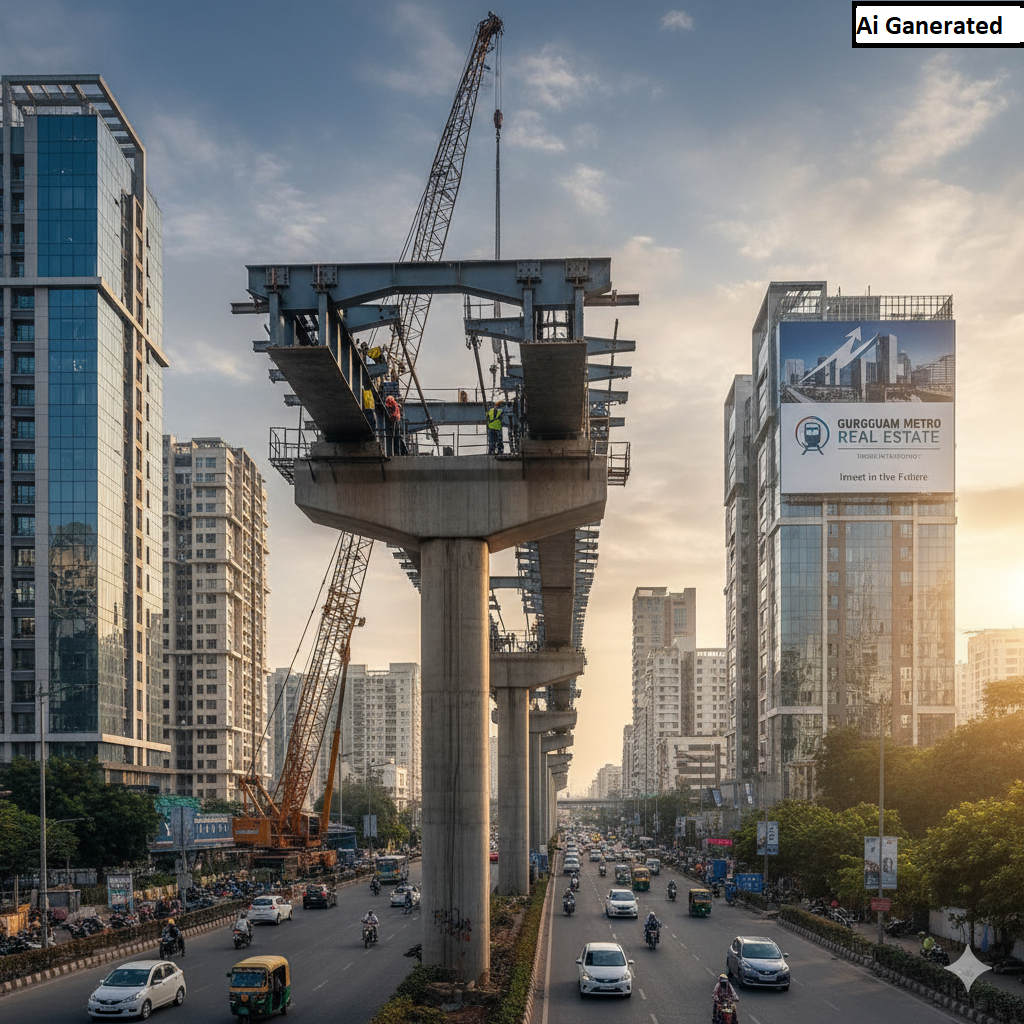
Transparency Now: The Resounding M3M Golf Estate Protest
The tranquil atmosphere of Gurugram’s Sector 65 was recently broken by a powerful display of homeowner solidarity. Over 200 residents of M3M Golf Estate, alongside the Golf Estate Action Group […]








